The role of tableware in a traditional Japanese meal
In the gastronomic world, the Japanese dining experience is one of the most meticulously curated and aesthetically pleasing. Beyond the elegantly presented, flavorful dishes, an integral part of this experience is the tableware. Japanese tableware isn’t just about functionality – it sets the stage for the meal, enhancing the sensory pleasure of eating.
Japanese table setting: a visual treat
A traditional Japanese meal is like a miniature feast, with a variety of dishes served in small portions. Each dish has its designated tableware, carefully chosen to complement its color, texture, and flavor. The result is a table set with an array of beautiful ceramics that delights the eye before a single bite is taken.
Match the dish to the dishware
In a Japanese meal, it’s common to serve rice in a small, lidded bowl called a “chawan.” A “shiru-wan” is used for serving soup, while individual dishes are served in smaller bowls and plates known as ‘kobachi’ and ‘sara,’ respectively.
A key aspect of Japanese tableware is that it reflects the seasonality of the meal. For instance, a summer meal might be served on cool, blue ceramics, evoking a sense of freshness, while a winter meal could be served on earthy, warm-toned pottery.
Sake and tea: more than just beverages
Drinks, too, play a vital role in a traditional Japanese meal. Sake, served in small ceramic or wooden cups called “ochoko”, accompanies many meals. Similarly, tea, served in “yunomi” tea cups, is often enjoyed after the meal. Each beverage has a dedicated set of tableware, enriching the drinking experience.
Chopsticks: essential utensils
No Japanese table setting is complete without chopsticks, or “hashi”.Traditionally made of wood or bamboo, these utensils are a staple of Japanese dining. Chopsticks are placed on a “hashi-oki”, a small ceramic rest, when not in use.
Enhancing the dining experience
The role of tableware in a traditional Japanese meal extends beyond utility. It accentuates the aesthetics of the food and the overall dining atmosphere. By enhancing visual appeal and stimulating the senses, Japanese tableware elevates the simple act of eating into a sophisticated culinary experience.
In conclusion
In essence, when you dine using Japanese tableware, you don’t just consume food; you engage in a rich, cultural experience that embodies the balance, harmony, and respect central to Japanese aesthetics.
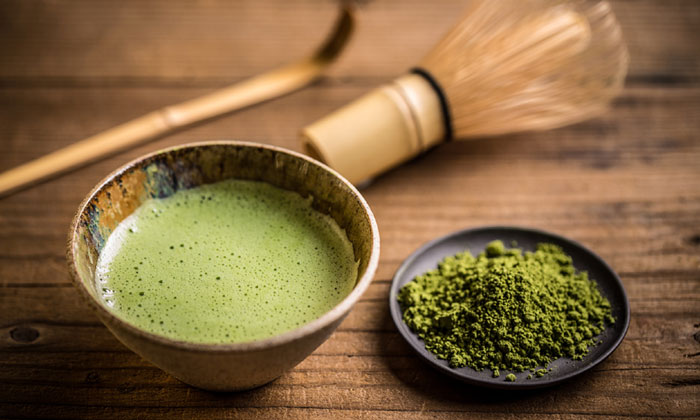
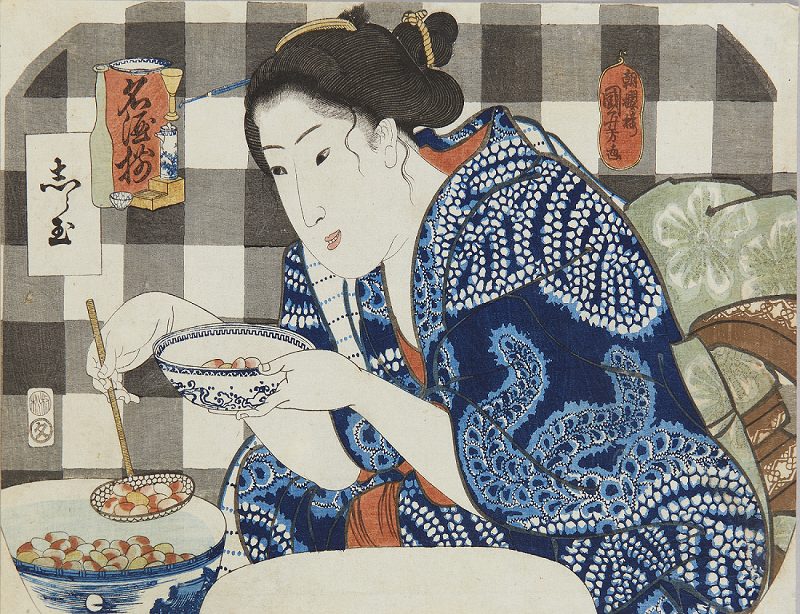
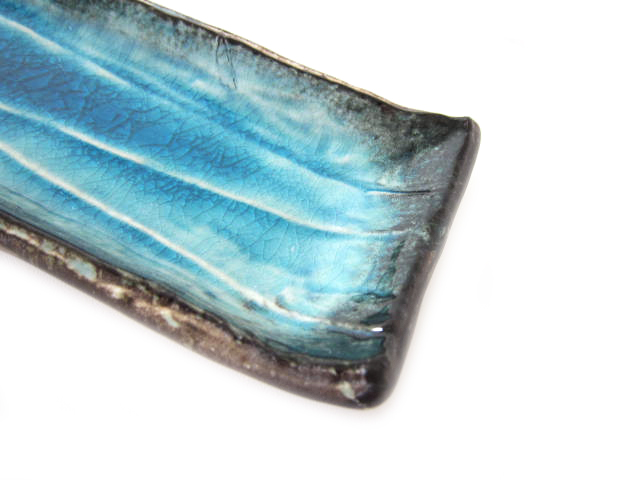
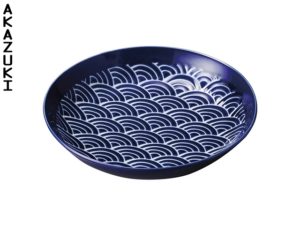 The Osara, the Japanese equivalent of a dinner plate, is used for serving a variety of dishes. Osara are often made from ceramics and can vary greatly in size, shape, and design based on the specific food being served.
The Osara, the Japanese equivalent of a dinner plate, is used for serving a variety of dishes. Osara are often made from ceramics and can vary greatly in size, shape, and design based on the specific food being served.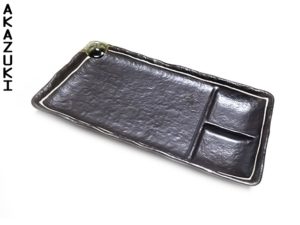 Sushi-Zara are rectangular or oval plates specifically designed for serving sushi. Their elongated form provides the perfect platform for presenting sushi rolls or nigiri in an elegant and organized manner.
Sushi-Zara are rectangular or oval plates specifically designed for serving sushi. Their elongated form provides the perfect platform for presenting sushi rolls or nigiri in an elegant and organized manner.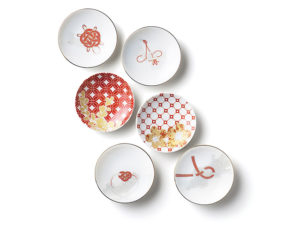 Kozara are small plates used for individual servings of appetizers, side dishes, or condiments. They are typically used to serve foods like pickles, wasabi, or soy sauce.
Kozara are small plates used for individual servings of appetizers, side dishes, or condiments. They are typically used to serve foods like pickles, wasabi, or soy sauce.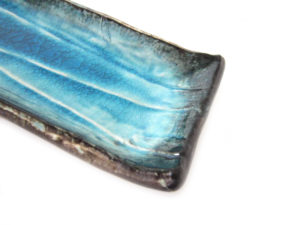 Nagazara, or long plates, are used for serving long, slender foods like grilled eel, tempura, or yakitori skewers. They are also perfect for arranging slices of sashimi.
Nagazara, or long plates, are used for serving long, slender foods like grilled eel, tempura, or yakitori skewers. They are also perfect for arranging slices of sashimi.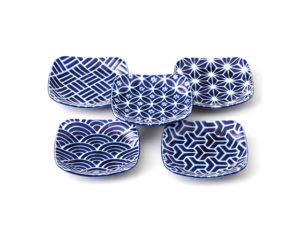 Kaku-zara are square plates that are often used to serve traditional Japanese sweets or bite-sized appetizers. They are also popular for Bento lunches, as they allow for neat compartmentalization of different food items.
Kaku-zara are square plates that are often used to serve traditional Japanese sweets or bite-sized appetizers. They are also popular for Bento lunches, as they allow for neat compartmentalization of different food items.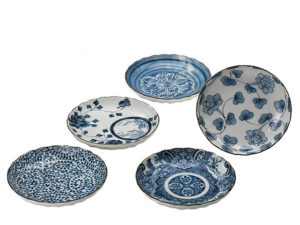 These larger trays or platters are used to serve communal dishes or an array of different foods for multiple people. They are often used in formal dining situations.
These larger trays or platters are used to serve communal dishes or an array of different foods for multiple people. They are often used in formal dining situations.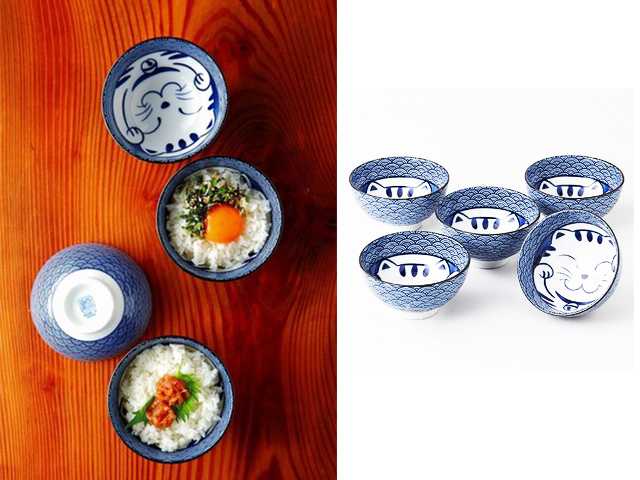
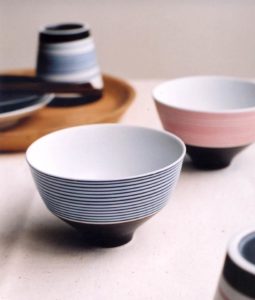 The chawan, a cylindrical
The chawan, a cylindrical 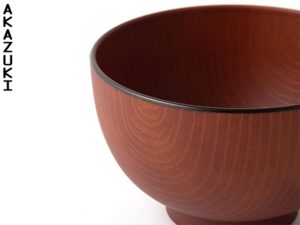 Wan is a generic term for bowls in Japanese, but it’s often used to refer specifically to miso soup bowls. These bowls are typically made of lacquered wood and have lids to keep the soup warm. The lid also serves the purpose of enhancing the eating experience by letting the diner enjoy the aroma of the soup when lifted.
Wan is a generic term for bowls in Japanese, but it’s often used to refer specifically to miso soup bowls. These bowls are typically made of lacquered wood and have lids to keep the soup warm. The lid also serves the purpose of enhancing the eating experience by letting the diner enjoy the aroma of the soup when lifted.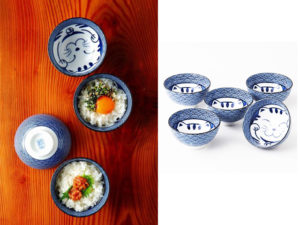 Menbachi, meaning “noodle bowl,” is larger and deeper than the standard rice bowl, designed to hold the hearty servings of ramen, udon, or soba noodles. On the other hand, Donburi bowls are used for dishes where various ingredients are served over a bed of rice, such as gyudon (beef bowl) or katsudon (pork cutlet bowl).
Menbachi, meaning “noodle bowl,” is larger and deeper than the standard rice bowl, designed to hold the hearty servings of ramen, udon, or soba noodles. On the other hand, Donburi bowls are used for dishes where various ingredients are served over a bed of rice, such as gyudon (beef bowl) or katsudon (pork cutlet bowl).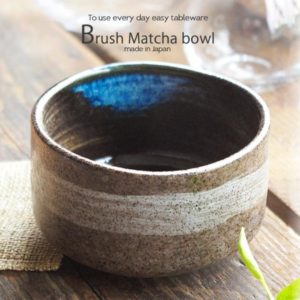 While the term ‘chawan’ is used for rice bowls, it also refers to the bowls used in the Japanese tea ceremony, known as ‘matcha chawan’. These
While the term ‘chawan’ is used for rice bowls, it also refers to the bowls used in the Japanese tea ceremony, known as ‘matcha chawan’. These 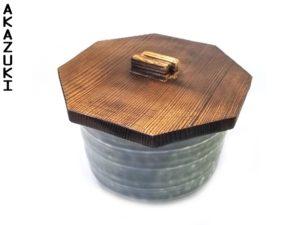 Owan refers to larger bowls used for serving communal dishes or individual portions of larger dishes like stews or hot pots. They can be lidded, similar to miso soup bowls, and are commonly made of ceramic, glass, or lacquered wood.
Owan refers to larger bowls used for serving communal dishes or individual portions of larger dishes like stews or hot pots. They can be lidded, similar to miso soup bowls, and are commonly made of ceramic, glass, or lacquered wood.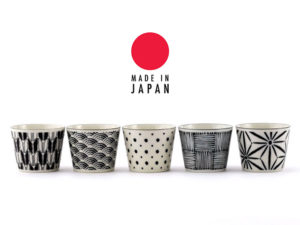 Despite the name, soba choko is a versatile piece of tableware and can be used for more than just soba noodles. It is smaller and often used for side dishes or dipping sauces.
Despite the name, soba choko is a versatile piece of tableware and can be used for more than just soba noodles. It is smaller and often used for side dishes or dipping sauces.